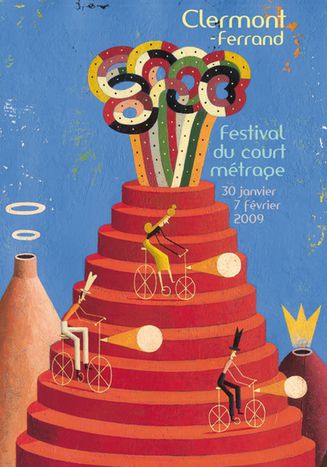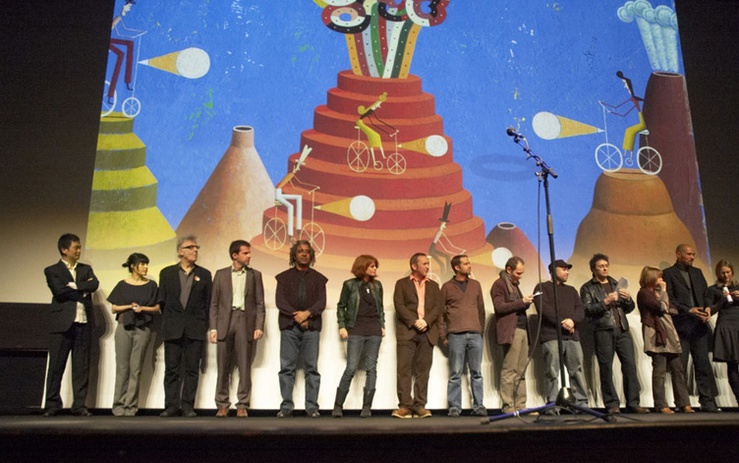
Cinema festivals in France: after Cannes, it's Clermont-Ferrand
Published on
Translation by:
Hayley WoodWhile the annual international short film festival short in the Auvergne allows a public of loyal fans to see the genres latest gems, the industry struggles to generate sufficient income or to create a proper distribution network
For eight days a strange energy descends upon the capital city of the Auvergne region. For thirty years the Clermont-Ferrand International Festival has been one of the world's most important reference points when it comes to short film. With 480 hours of projection spread out over fourteen venues, the festival allows 135, 000 people to view not only the 31 films selected for competition, but also numerous retrospective, musical and school showings.
This festival in the Auvergne may be the second biggest in France after Cannes, but it shares none of the spangles, red carpets and VIPs of its bigger Mediterranean sister. However, its no-frills character greatly facilitates professional meetings and makes the festival very popular with the locals. Thats the big difference between Clermont and Cannes, explains the chief editor of Arte television channels Court-Circuit, here the people from the local region can come to see the shows and directly benefit from their festival.
Saving culture from being short-changed
A damper was however placed on this years 31st festival with the accusations leveled against the status of the events 240 volunteers by the URSAFF (Union Pour Le Recouvrement des Cotisations de La Sécurité Sociale et des Allocations Famiales, the French social security office), who wanted to put them officially on the payroll. This was a move which would have jeopardized the existence of the festival, and threatened every association whose running depends on voluntary work.
At the same time, the Sauve qui peut le court metrage ('Short Film: SOS!') association benefitted from the resulting media coverage by drawing attention to an endangered section of culture with its support of the Rio, an art and experimental cinema whose continued existence has been threatened since the Michelin business committee withdrew its subsidies. In addition to this, against a background of student strikes and the blockading of faculties, each evening the festivals organisers offered student representatives the possibility to explain the reasons for their dissatisfaction with the law of autonomy (ie. the privatization) of French universities. This was an initiative largely welcomed by a public who were staging a sit-in of a rather different kind in the university lecture halls, where some film showings were held.

On the short list: international film
Each national short film industry has its own peculiar quirks. Europe was honoured this year with a retrospective of the Netherlands reliving the weird charms of Batavian works such as Feest! (1963) by Paul Verhoeven, which sowed the seeds of the efficient, dynamic style which would find its way into Total Recall or Basic Instinct several years later.
In the Swedish woods of Kiruna, the production house Cute Porn filmed The Blindness of the Woods, quite possibly the worlds first pornographic short in which the protagonists (a woodcutter, a Little Red Riding Hood type figure and a bear) are puppets made from chiffon!
Winner of the grand prize in the Labo (experimental) competition, the Italian film Muto by the Blu art collective, already well-known on the internet, is an ambiguous, surreal animation painted on public walls in Baden and Buenos Aires.
Meanwhile, the UK is represented at its best: with teenagers in school uniform discovering the turmoil of love as they listen to the Buzzcocks in 1978 in Sam Taylor-Wood's Love You More.
Translated from Clermont : le cinéma court toujours



